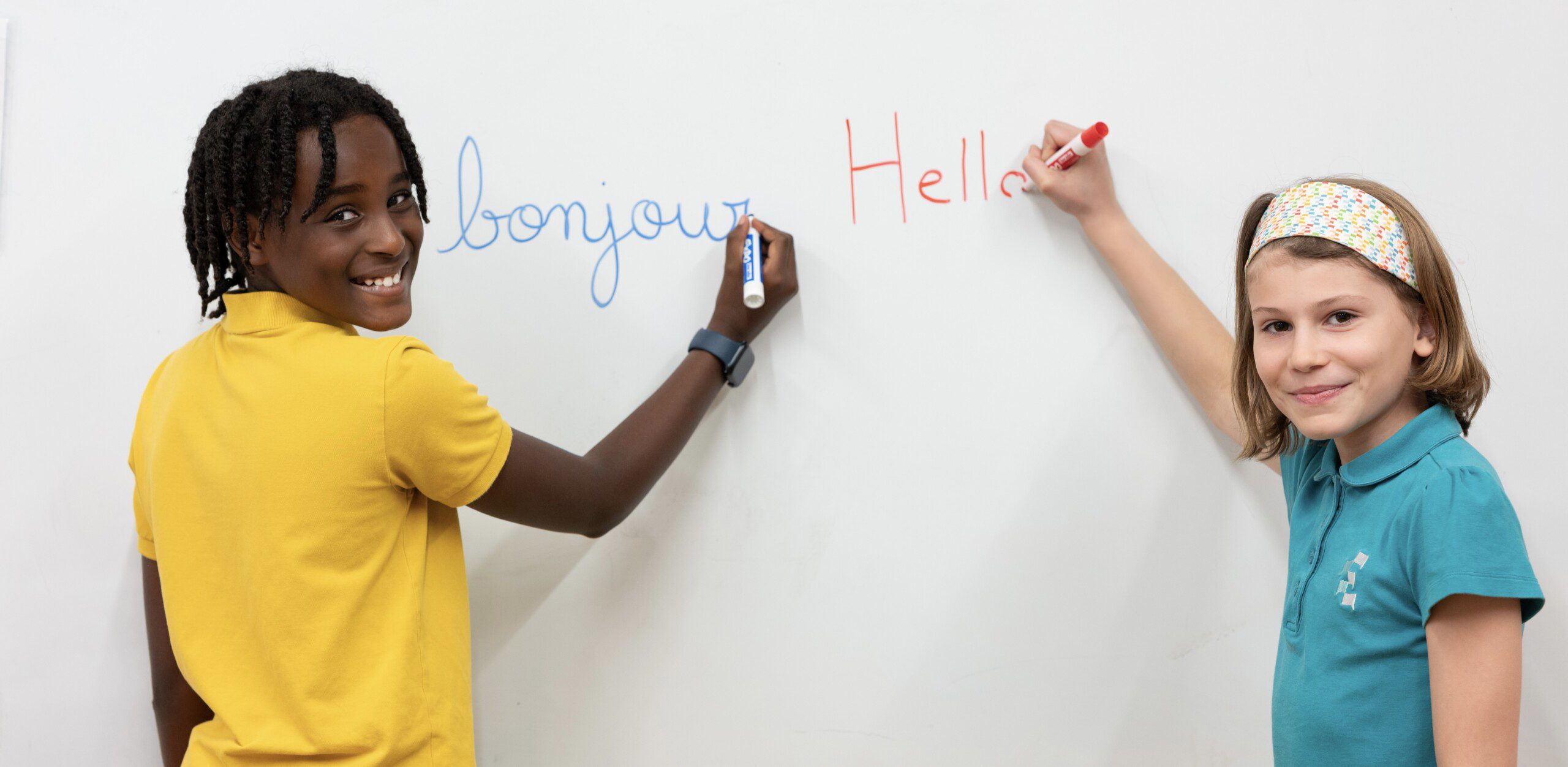Philippe, who officially joined our team this week, would like to offer a course in financial literacy to our middle schoolers next year. I researched the suggested content for similar courses in France and found that the recommendation is for students to learn to read bank statements using Guy de Maupassant’s “The Necklace” as a reference (a short story all our 8th graders know well, thanks to Mr. LeMartelot).
Since starting at The École, I often find myself reflecting on the differences between American education and education à la française (I recently brought the subject up here, for example). It’s a particularly timely moment of the year for such reflections as this is when the French Ministry of Education traditionally shares its annual curricular reforms and updates with heads of school. And that’s the first difference between the two systems–in France, everything is centralized, and the curriculum is geared toward all the students in the country (and beyond, in our case).
When I was a child in France, we were limited to a choice of three television channels–everyone watched the same thing at the same time. Our playground conversations were about what we all saw the night before–Platini’s free kick, the latest episode of Starsky and Hutch, or Récré A2–a show all French kids of my generation watched religiously. It’s the exact same with the French national curricula–they are a type of common framework of obligatory knowledge and shared general culture that connects us–just like everyone watching the same TV show at home in the evenings and talking about it the next day at school.
As we know all too well, cable and the internet have revolutionized what we watch and how we watch it: nowadays, we have an almost unlimited choice; we can binge-watch an entire series or a movie on our phones whenever we see fit and polarized/polarizing news channels are now the norm. Only huge sporting events (or a solar eclipse or a new Taylor Swift album) bring us together to experience something in common.
In today’s context, the French curricula are almost anomalies–an old-fashioned and quasi-romantic attempt to have everyone read the same book at the same time. I don’t think Philippe had Mathilde Loisel’s champagne problems in mind when he brought up his financial education course (he was talking more along the lines of actions/stocks, obligations/bonds, and credit in his characteristic French peppered with anglicisms every two words). But nonetheless, we can’t help but admire the French faith and hope in the idea of a shared destiny or invisible string tying us all together.
Sometimes, when I receive curriculum instructions from France, I have to resist the urge to jump in a getaway car as I try to figure out how they could apply to our American context. But I always bear in mind that beyond the recommendations and the frameworks to put in place lies the dream of offering a common culture, a moment when we all look at the sun at the same time or dance to the same song. And they are exactly the kind of moments we love to create at The École.


